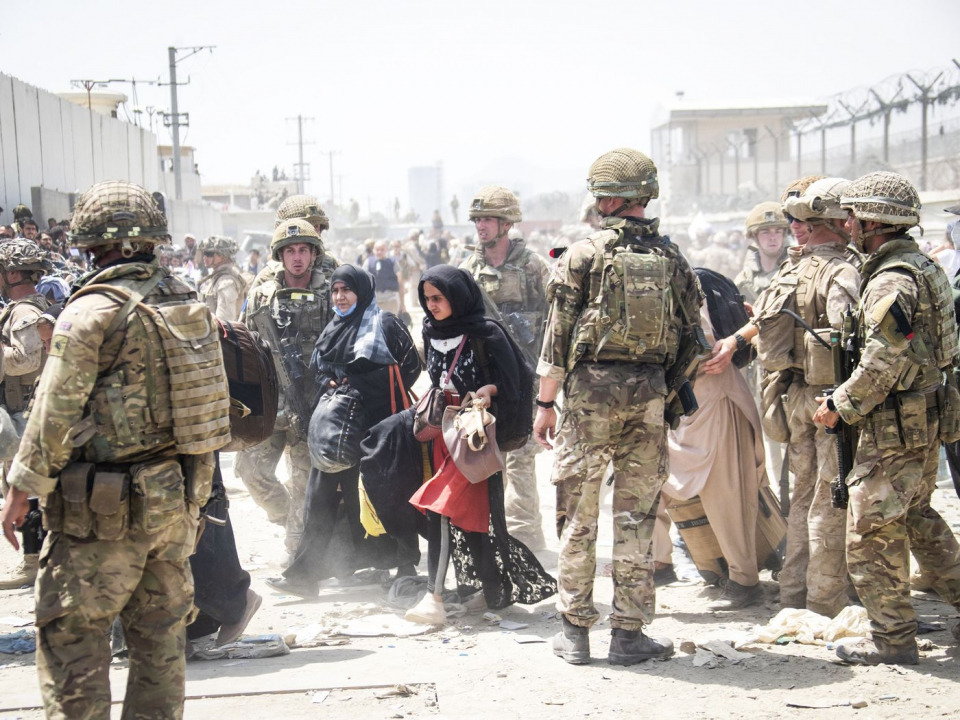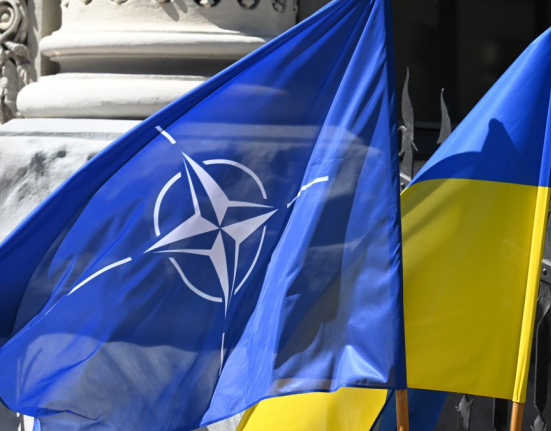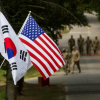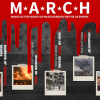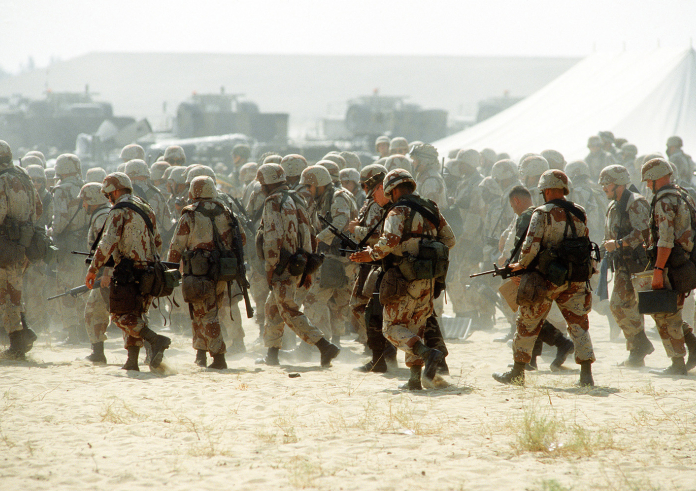Next week, the North Atlantic Treaty Organization (NATO) is set to initiate its most extensive military exercise since the Cold War, involving approximately 90,000 personnel in months-long combat drills. General Chris Cavoli, NATO's top commander, announced that the exercises would focus on rehearsing the alliance's regional defense plans, specifically addressing responses to a potential Russian attack.
While Russia is not explicitly named, NATO's strategic document identifies it as the most significant and direct threat to member states. The military drill will feature over 50 ships, including aircraft carriers and destroyers, 80 fighter jets, helicopters, drones, and more than 1,100 combat vehicles. The exercises will simulate a conflict scenario with a near-peer adversary and are expected to continue until the end of May.
NATO Chairman of the Military Committee, Rob Bauer, urged member states to be prepared for unforeseen challenges, emphasizing the shifting power dynamics and describing the current global situation as the most dangerous in decades. He stressed the need for a war-fighting transformation within NATO, emphasizing effectiveness, joint exercises, industry partnerships, and heightened defense readiness.
Bauer highlighted the importance of supporting Ukraine in its ongoing conflict with Russia, noting the need for a comprehensive approach involving public and private actors. He emphasized that the world has entered an era where unexpected events can happen at any time, necessitating a shift in mindset.
In response to Ukraine's ammunition shortage, NATO countries have increased military budgets, delivered billions of dollars worth of arms to Ukraine, and pledged support for Kiev in its war against Moscow. Bauer affirmed NATO's ongoing support for Ukraine, acknowledging its crucial role in determining the fate of the world amidst the Russia-Ukraine conflict.

